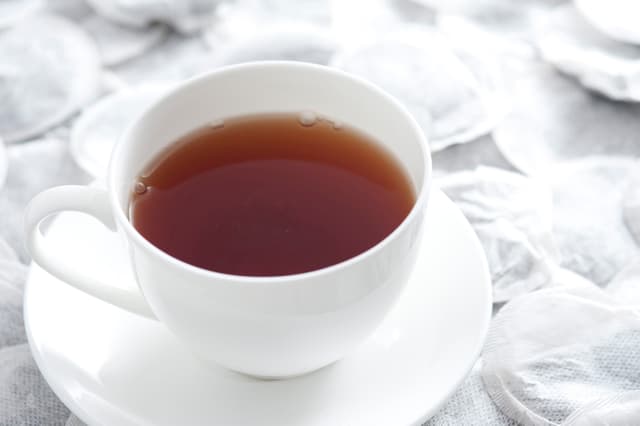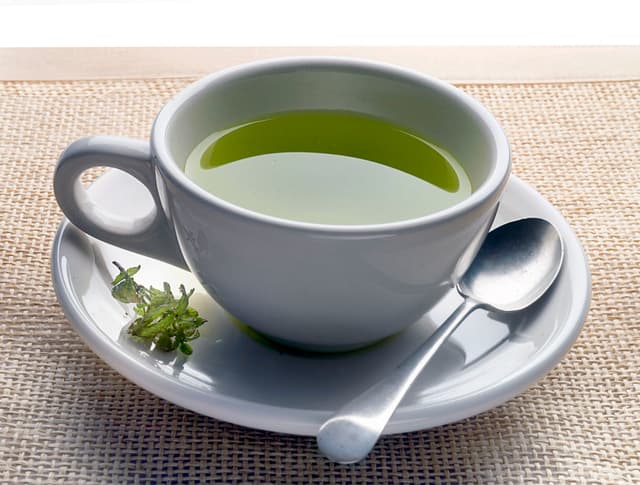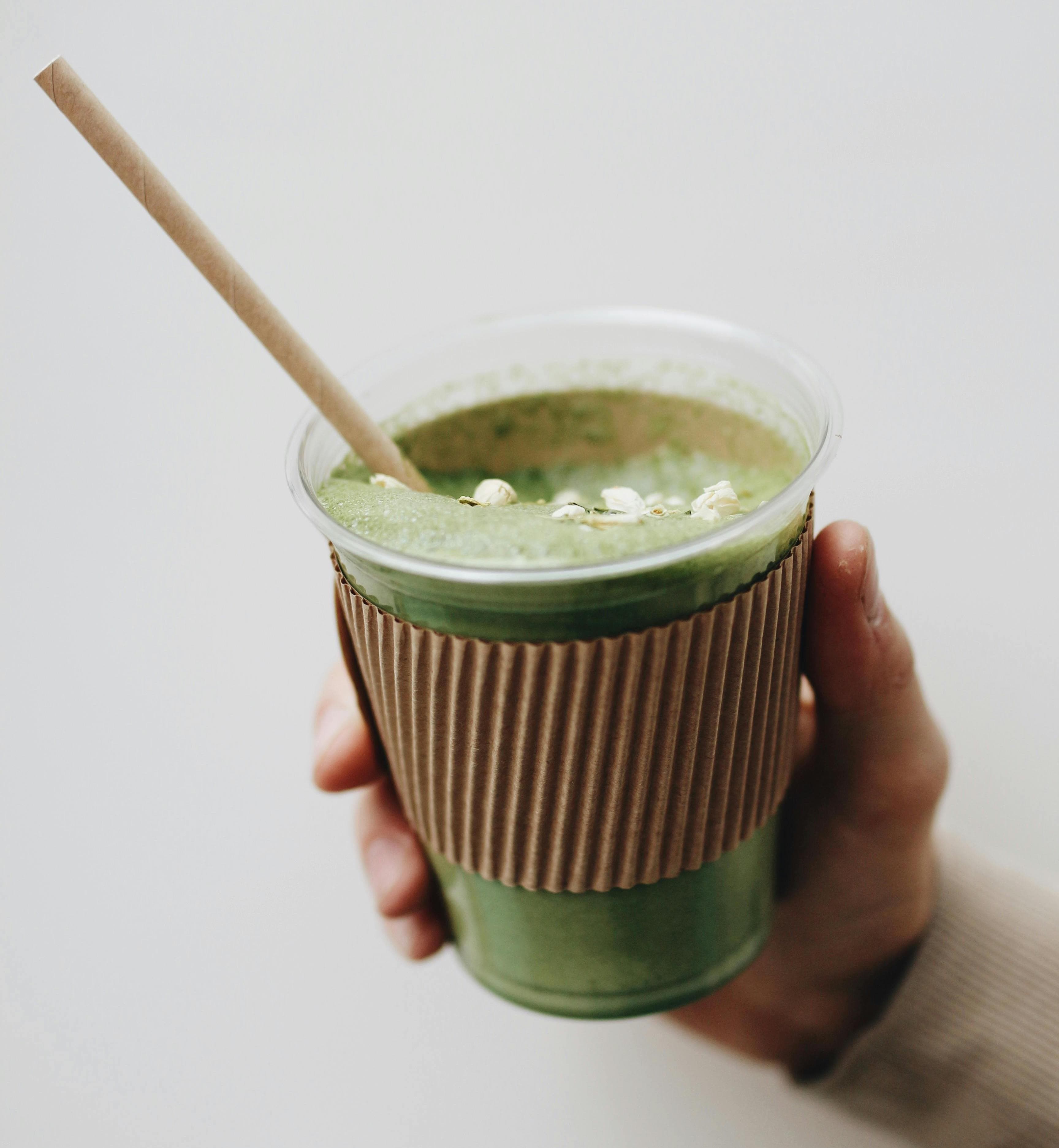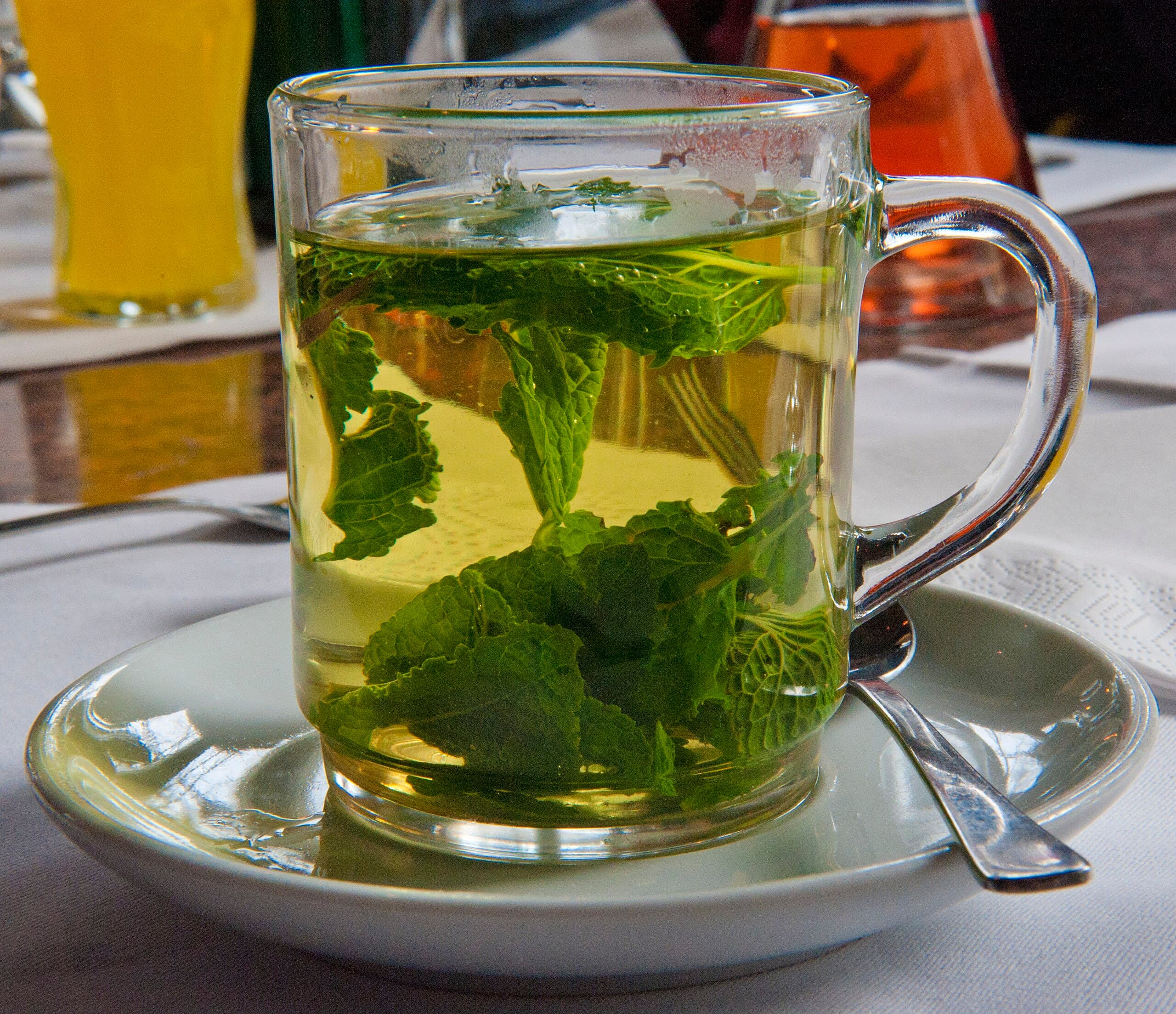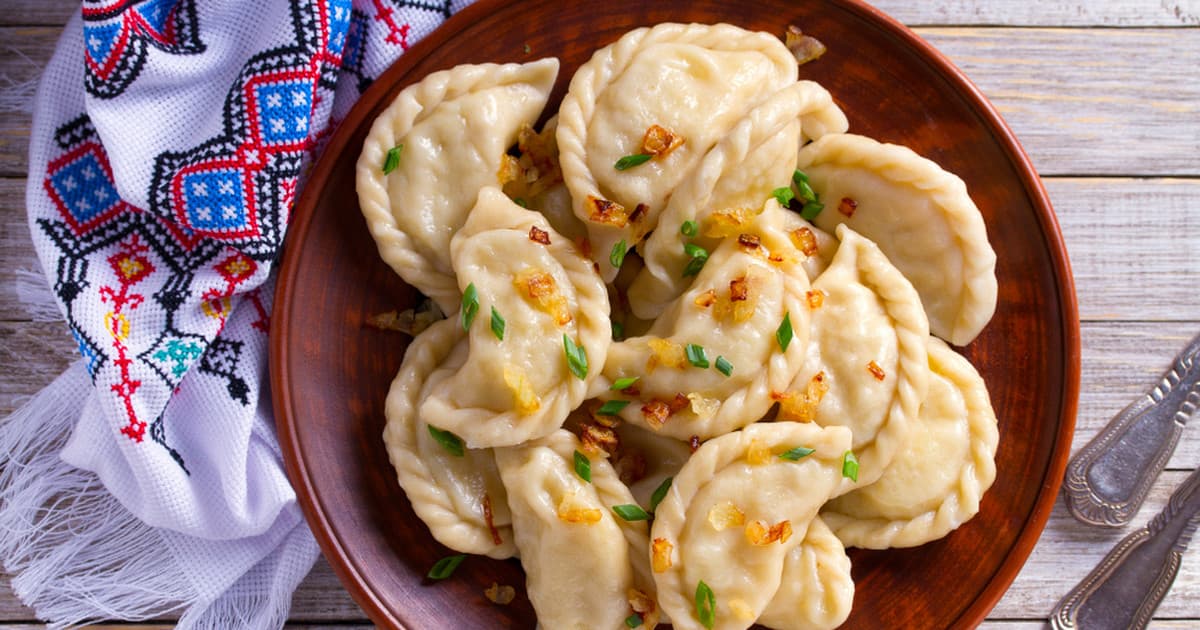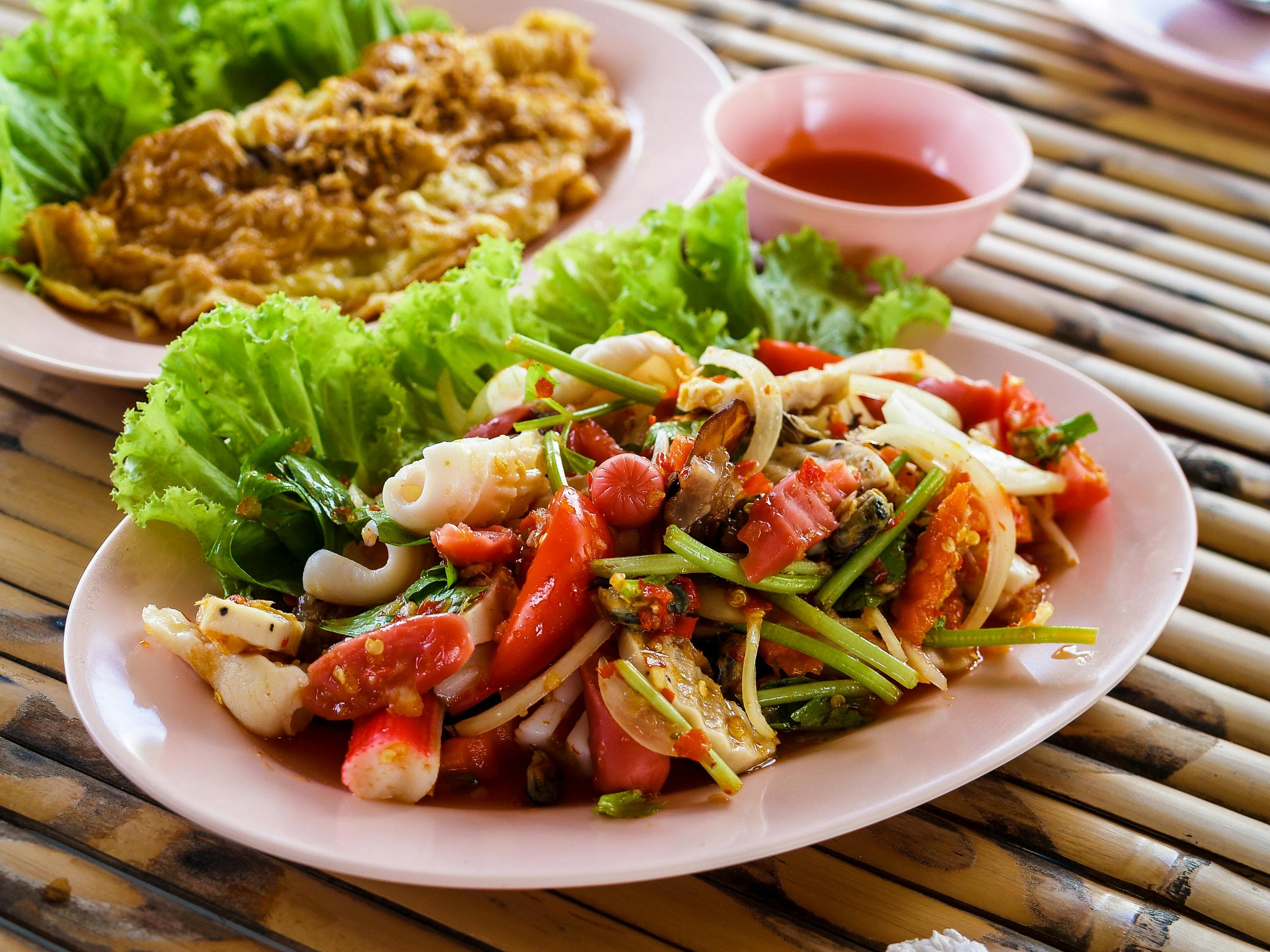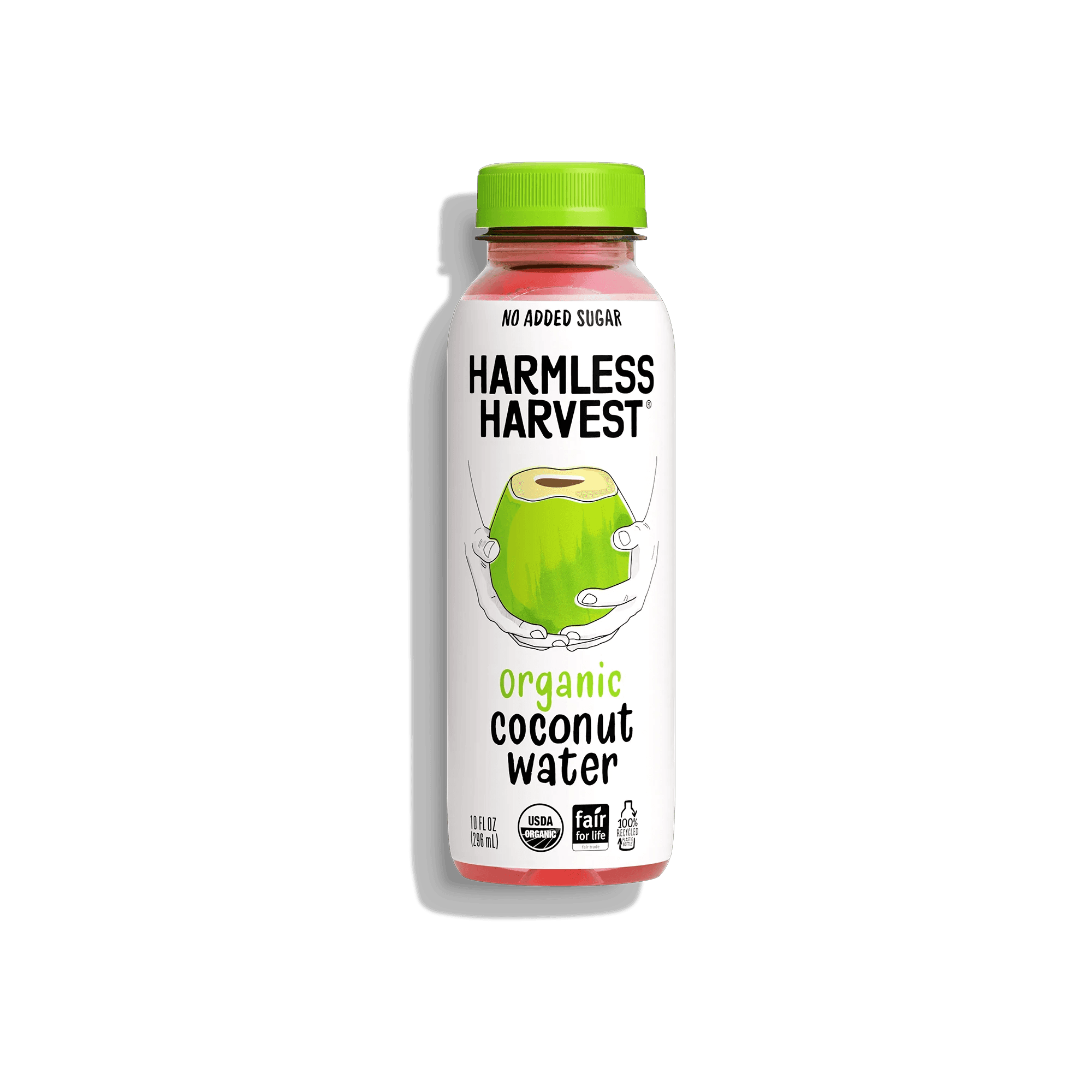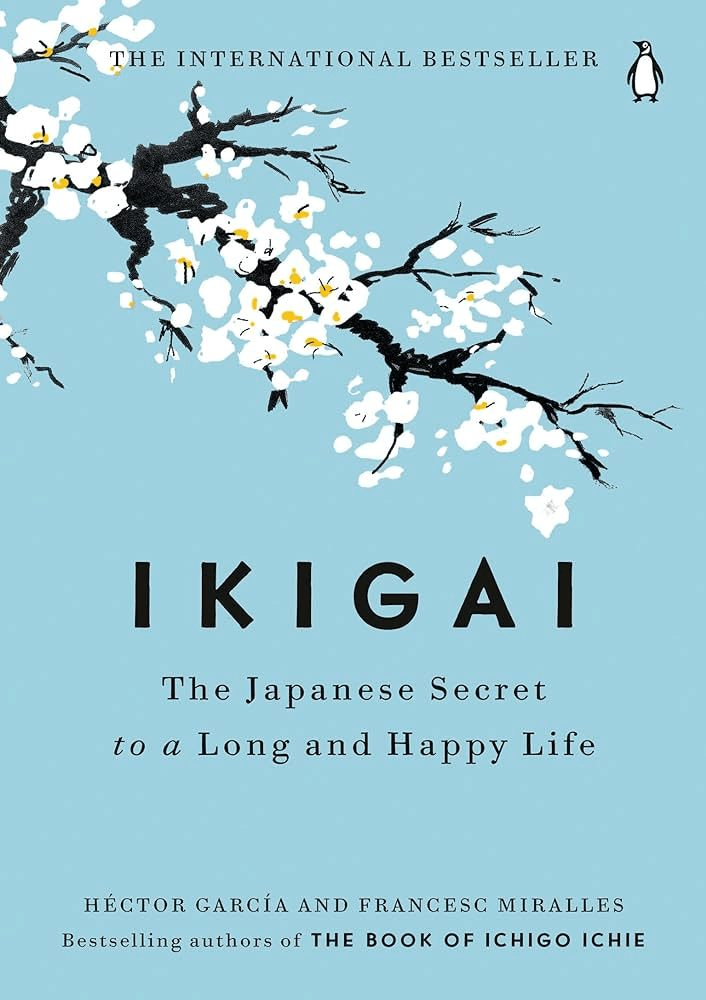Black Tea vs. Green Tea
Black Tea
Black tea is the kind of drink that’s been around for ages, traded across continents, sipped at fancy afternoon teas, and downed in travel mugs on rushed mornings. It comes from the Camellia sinensis plant, just like green and white tea, but what sets it apart is the full oxidation of the leaves. That process turns them dark and gives black tea its deep reddish-brown color when brewed, along with that strong, punchy flavor that can be malty, smoky, fruity, or floral—depends on where it’s from and how it’s made. There are loads of varieties. Assam from India is bold and malty—perfect with a splash of milk. Darjeeling, often called the "champagne of teas," is lighter, floral, and sometimes a bit fruity. If you’re in the mood for something smoky, Lapsang Souchong from China tastes like someone brewed tea in a campfire—but in a good way. Ceylon from Sri Lanka strikes a nice balance—brisk and refreshing. The cool thing is, black tea keeps its flavor for years, unlike green tea that goes du...
Green Tea
Green tea is a type of tea made from the leaves of the Camellia sinensis plant. Unlike black or oolong teas, green tea is made by heating the leaves soon after picking to prevent oxidation. This keeps the leaves green and gives the tea its fresh, grassy taste. It originally came from China but is now popular across East Asia, especially in Japan, Korea, and Vietnam. There are many kinds of green tea, depending on where it's grown, how it's processed, and when it's harvested. For example, Japan’s sencha is steamed, giving it a bright green color and a sweet flavor, while China’s longjing is pan-fired, making it more toasty and mellow. Making a cup is simple: just steep the leaves in hot water, but not boiling—usually around 70–80°C (160–175°F)—for a couple of minutes. If the water is too hot or you steep it too long, the tea can taste bitter. Green tea has been linked to many health claims, but the evidence is mixed. It does have some caffeine, though less than coffee, and contains a...
Reviews
Reviews
Reviewed on 3/2/2024
Too much caffeine for me :(
| Item | Votes | Upvote |
|---|---|---|
| No pros yet, would you like to add one? | ||
| Item | Votes | Upvote |
|---|---|---|
| No cons yet, would you like to add one? | ||
| Item | Votes | Upvote |
|---|---|---|
| No pros yet, would you like to add one? | ||
| Item | Votes | Upvote |
|---|---|---|
| No cons yet, would you like to add one? | ||
Frequently Asked Questions
Black tea and Green tea each have their own unique qualities. Black tea is oxidized, which gives it a stronger flavor and higher caffeine content compared to Green tea. On the other hand, Green tea is non-oxidized, resulting in a lighter flavor and slightly lower caffeine content. The choice between the two depends on your personal preference for flavor and caffeine levels.
Black tea generally has more caffeine than Green tea. The oxidation process in Black tea contributes to its higher caffeine content, while Green tea, being non-oxidized, has slightly less caffeine. If you are sensitive to caffeine, you might prefer Green tea over Black tea.
Black tea typically has a stronger and more robust flavor compared to Green tea. This is due to the oxidation process that Black tea undergoes, which enhances its flavor profile. Green tea, being non-oxidized, has a lighter and more delicate flavor.
There are no user-generated pros or cons listed for Black tea. For Green tea, there is one user comment mentioning that it has 'Too much caffeine'.
Black tea is a type of tea that is fully oxidized, which gives it a deep reddish-brown color and a strong, punchy flavor. It comes from the Camellia sinensis plant, just like green and white tea. There are many varieties of black tea, including Assam, Darjeeling, Lapsang Souchong, and Ceylon, each with its unique taste profile.
To brew black tea, boil water and pour it over the tea leaves or a tea bag. Let it steep for 3 to 5 minutes, depending on your taste preference. A shorter steeping time will yield a mellower flavor, while a longer steeping time will produce a stronger brew. You can enjoy it plain or add milk, sugar, or lemon.
Different types of black tea offer a variety of flavor profiles. Assam tea is bold and malty, making it great with milk. Darjeeling is lighter and floral, often referred to as the 'champagne of teas.' Lapsang Souchong has a smoky flavor reminiscent of campfires, while Ceylon tea is brisk and refreshing.
Pros of drinking black tea include its rich flavor, variety of types, and the comforting ritual of brewing and enjoying it. It also retains its flavor for years, making it ideal for long-term storage. However, some cons may include its caffeine content, which can be a concern for those sensitive to caffeine, and the potential for bitterness if steeped too long.
Black tea is fully oxidized, while green tea is unoxidized and white tea is minimally processed. This oxidation process gives black tea its strong flavor and dark color, whereas green tea tends to have a more delicate taste and lighter color. Black tea also has a longer shelf life compared to green tea, which can lose its flavor over time.
Green tea is a type of tea made from the leaves of the Camellia sinensis plant. It is produced by heating the leaves soon after picking to prevent oxidation, which keeps the leaves green and gives the tea its fresh, grassy taste. Originating from China, green tea is now popular across East Asia, particularly in Japan, Korea, and Vietnam.
There are many kinds of green tea, depending on where it's grown, how it's processed, and when it's harvested. For example, Japan’s sencha is steamed, resulting in a bright green color and a sweet flavor, while China’s longjing is pan-fired, giving it a more toasty and mellow taste.
Making a cup of green tea is simple: steep the leaves in hot water, ideally around 70–80°C (160–175°F), for a couple of minutes. It's important not to use boiling water or steep it for too long, as this can make the tea taste bitter.
Green tea has been linked to various health claims, although the evidence is mixed. It contains some caffeine, less than coffee, and is rich in antioxidants called catechins. Many people drink it for its taste, potential focus-enhancing effects, or simply for the ritual of making it.
Pros of green tea include its rich antioxidant content and potential health benefits. However, some individuals may find that it contains too much caffeine for their liking, as noted in user reviews.
Some users enjoy green tea for its taste and health benefits, while others have expressed concerns about its caffeine content. For example, one user mentioned, 'Too much caffeine for me :('.
